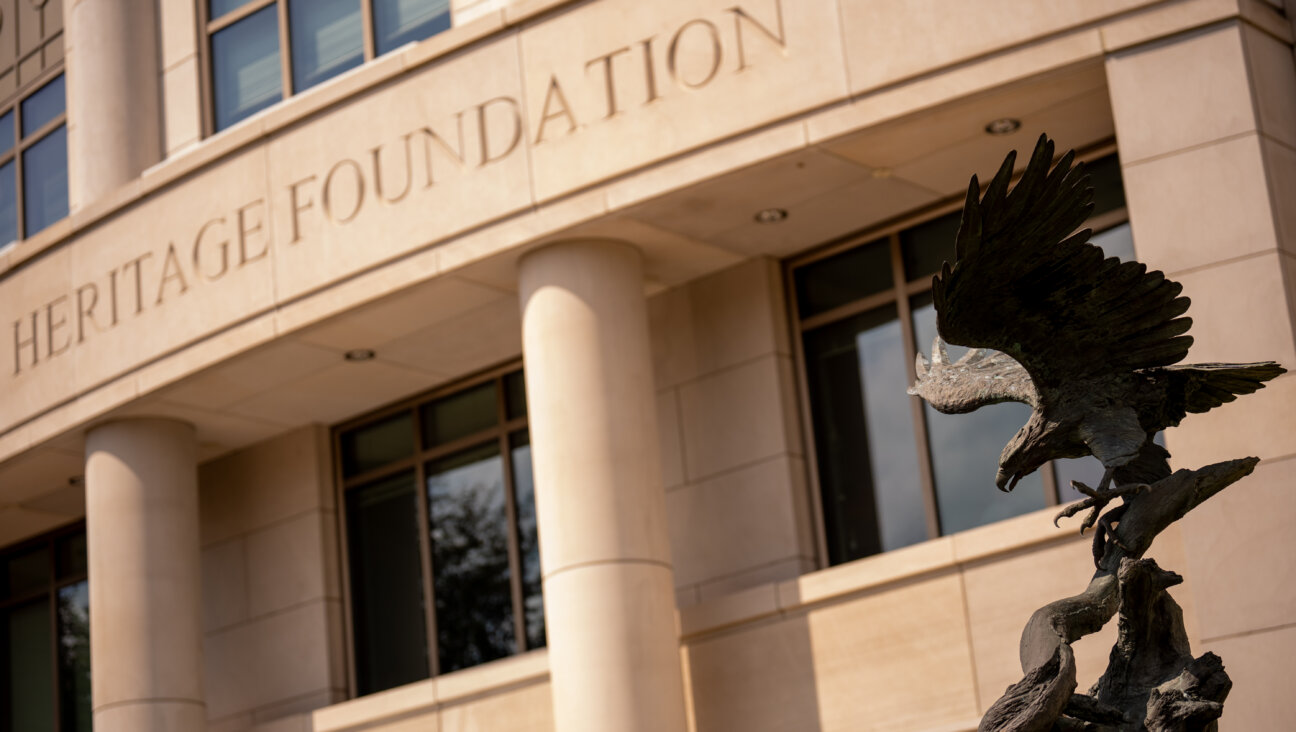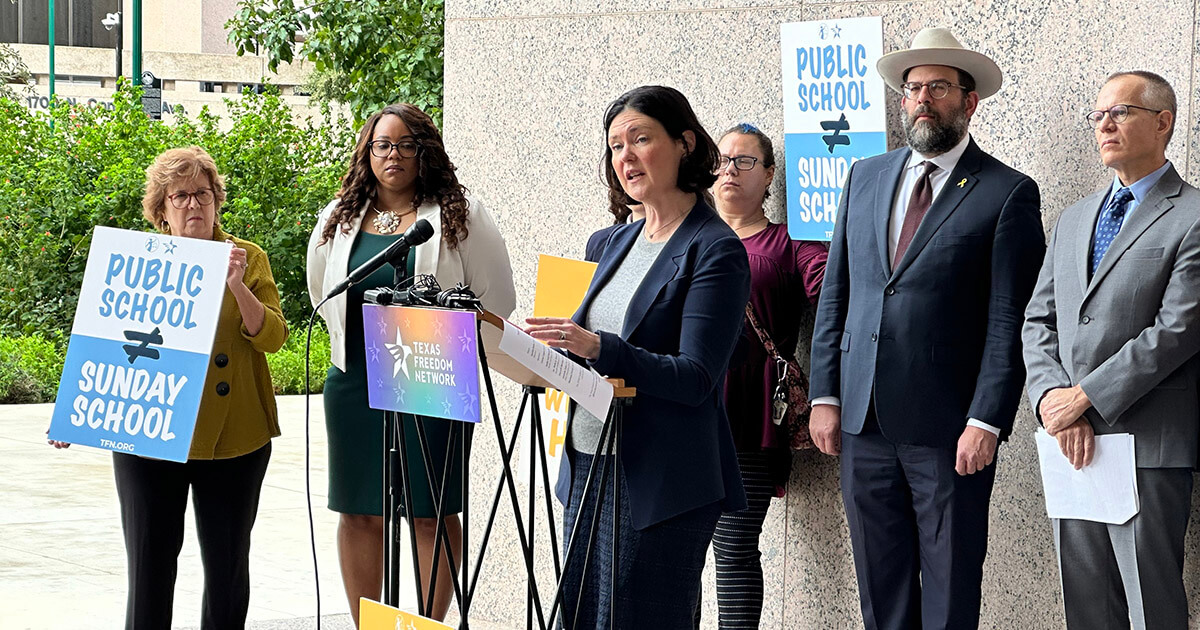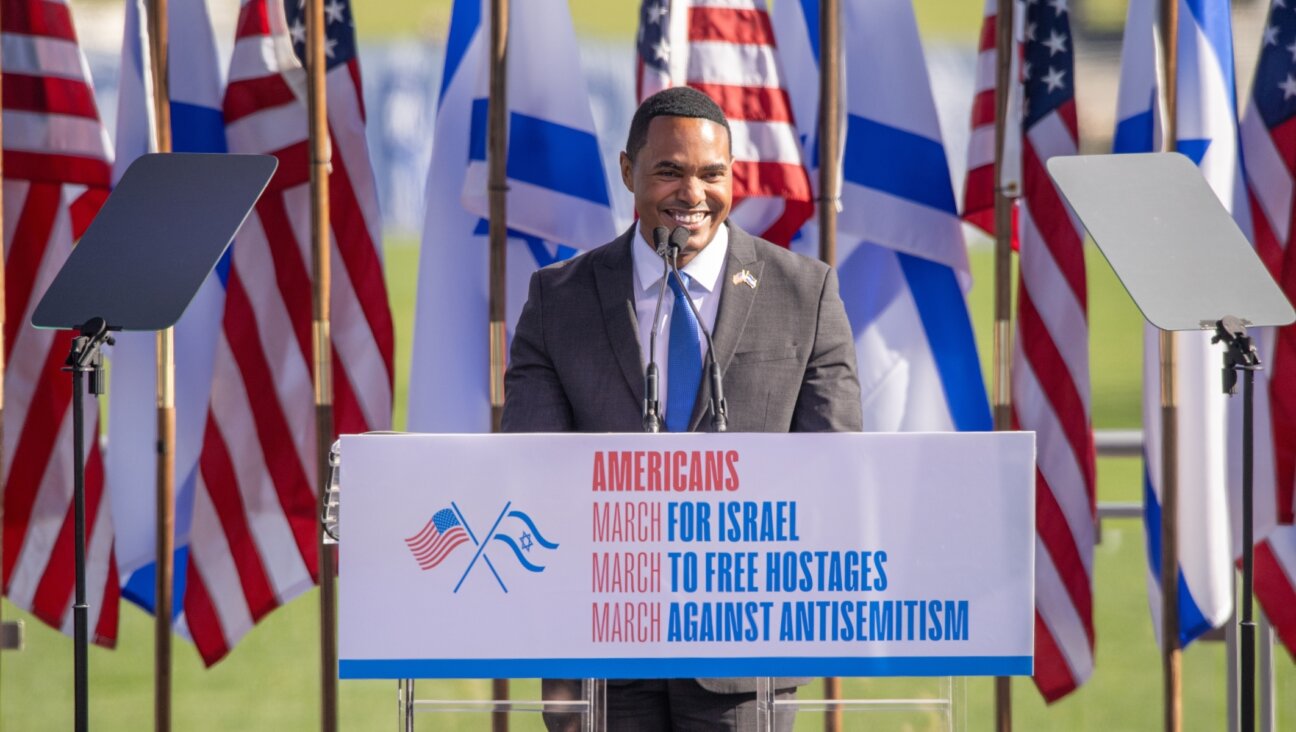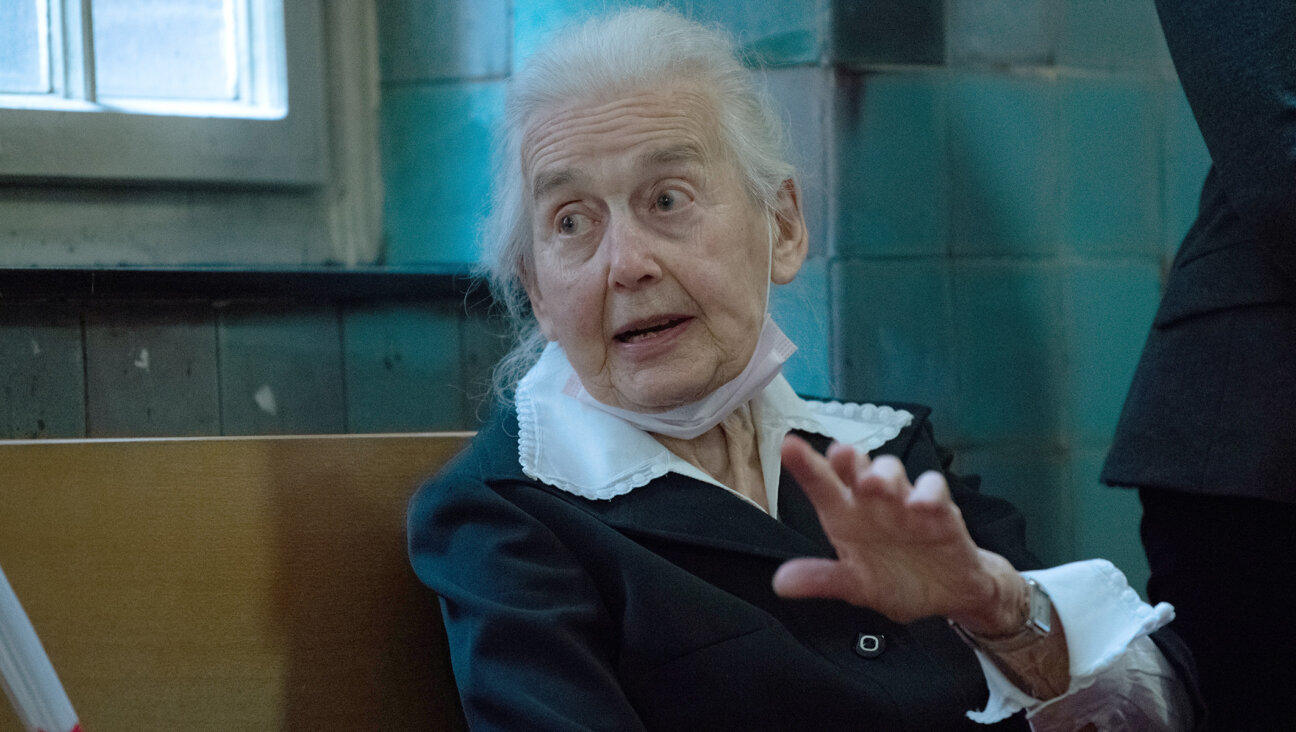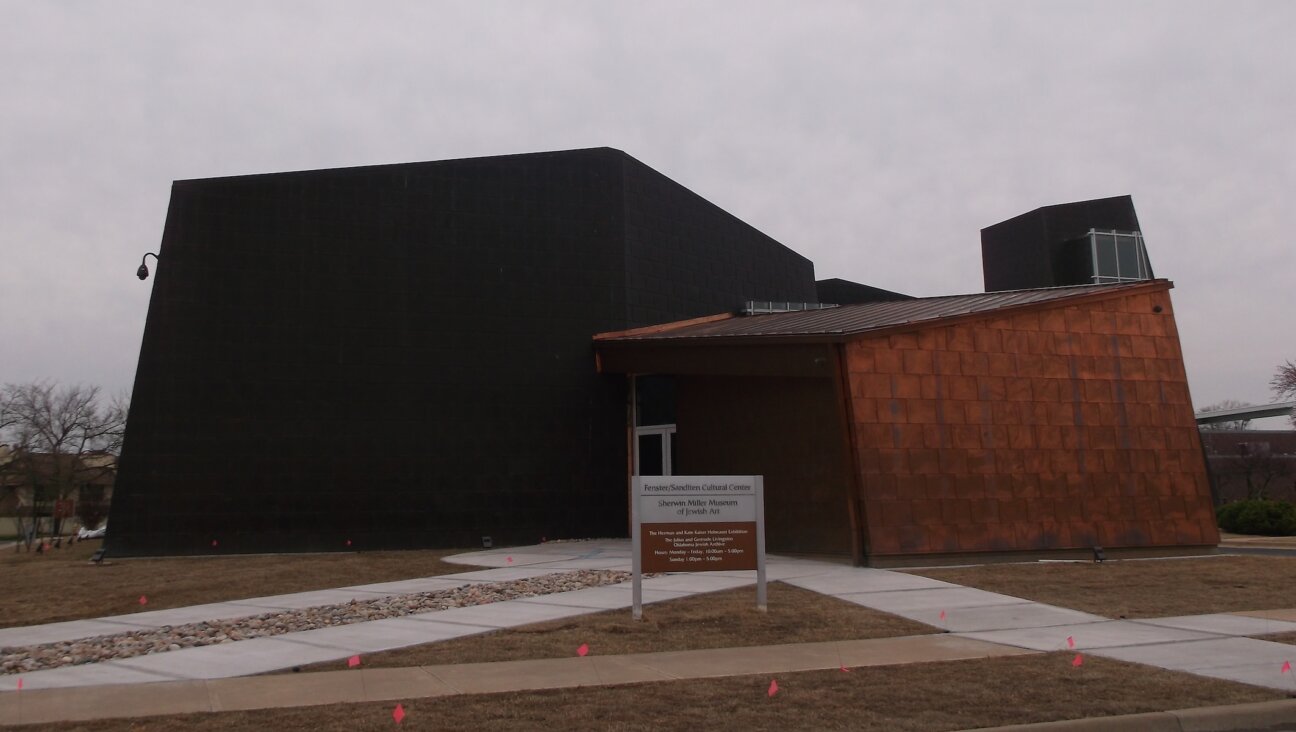Forgotten Nazi ‘Euthanasia Holocaust’ of Disabled To Get Memorial in Berlin

Here To Stay: Roma demonstrator protests at memorial to victims of Nazi extermination of Roma and Sinti people. A new memorial will honor disabled victims of the Holocaust. Image by getty images
Berlin has laid the foundations for a memorial to a largely neglected group of Nazi victims – hundreds of thousands of mentally and physically disabled people murdered by Hitler’s regime under its “euthanasia” programme.
A 30-metre blue glass wall will stand on the site of the former headquarters of the “euthanasia” scheme in the heart of the German capital, not far from a memorial to the six million Jewish victims of the Holocaust opened in 2005 and a memorial to the half a million Roma victims of the Nazis opened in 2012.
“Examining the crimes of the Nazis, commemorating the victims and informing future generations remains a permanent task and duty for Germany,” Bernd Neumann, minister of state for cultural affairs, said at a ceremony this week.
“This monument in our capital sends a signal condemning hate, ignorance and cold-heartedness and promoting tolerance, empathy and respect for life,” he said.
Adolf Hitler saw no place for the mentally and physically disabled in his vision of a “racially pure” Germany, just as he saw no place for Jews, Sinti and Roma and homosexuals.
The Nazis devised a programme of “mercy killing” for those whose lives they considered not worth living.
Between January 1940 and August 1941 about 70,000 people were killed under the programme. Many were sent to gas chambers, others were killed by lethal injection.
The programme was ostensibly shut down in 1941, partly after church protests, but it continued in secret. Historians estimate that between 200,000 and 300,000 people were killed.
Sigrid Falkenstein, one of those campaigning for a memorial since 2007 and whose aunt Anna Lehnkering was a victim of the programme, said she saw the start of construction as an important step along a “long road”.
Lehnkering was diagnosed as mentally deficient and murdered in 1940 at the age of 25.
She lamented the “comparatively small sum” of 500,000 euros assigned for the project by the federal government however.
The memorial is due to open in autumn 2014.
A message from our CEO & publisher Rachel Fishman Feddersen

I hope you appreciated this article. Before you go, I’d like to ask you to please support the Forward’s award-winning, nonprofit journalism during this critical time.
We’ve set a goal to raise $260,000 by December 31. That’s an ambitious goal, but one that will give us the resources we need to invest in the high quality news, opinion, analysis and cultural coverage that isn’t available anywhere else.
If you feel inspired to make an impact, now is the time to give something back. Join us as a member at your most generous level.
— Rachel Fishman Feddersen, Publisher and CEO












